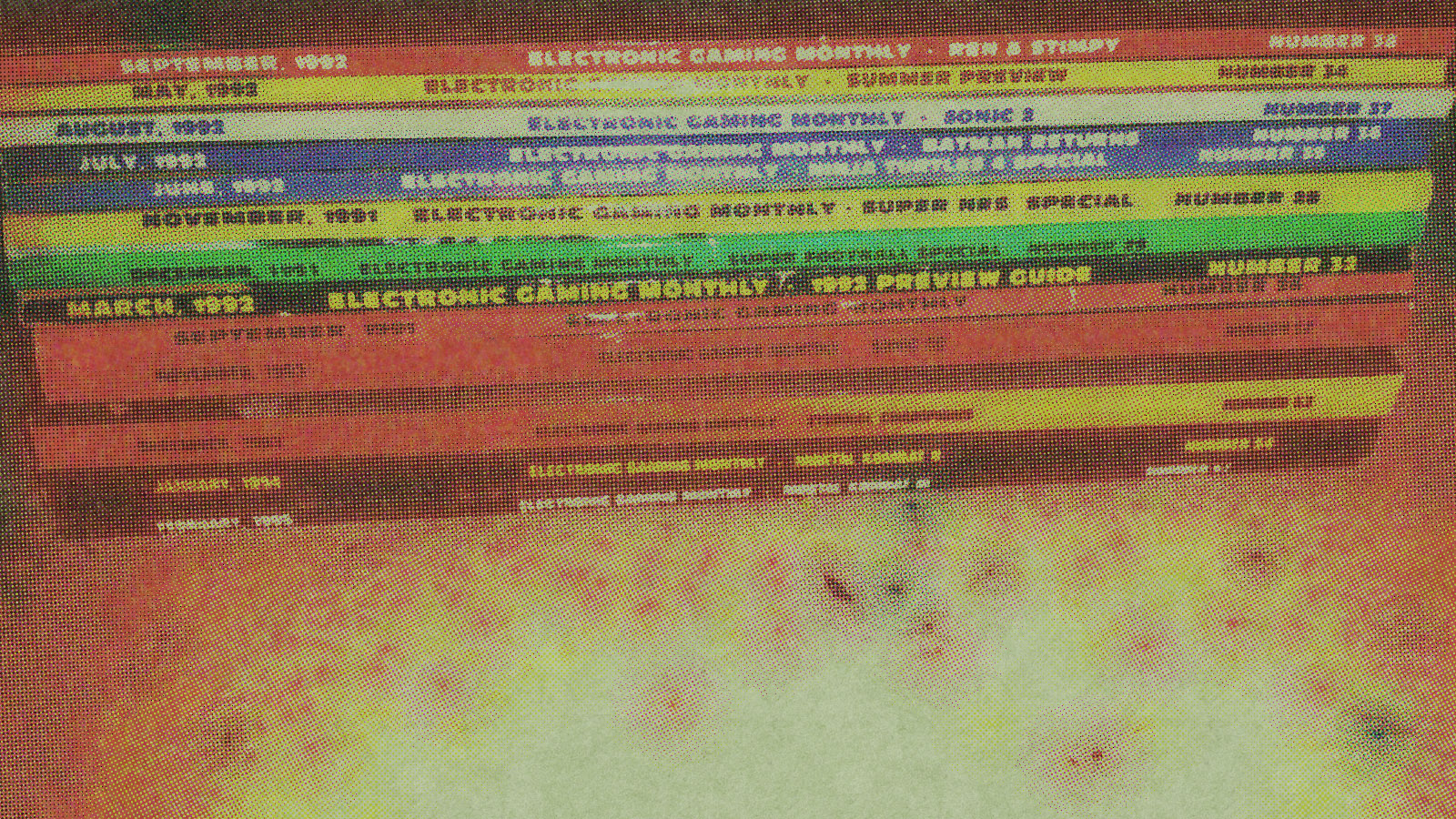
One Step Beyond
Video programmers are hard at work writing the next generation of video game programs. Of course they’re trying to come up with exciting, clever games to top Pac-Man and other current favorites, but they’ve also got other innovations in mind.
They know that there are only so many variations they can use to please the eye/ hand/brain with current technology. So while they concentrate on writing new games, they’re also considering how to improve the basic ways the games themselves work.
Here are some of the items either on the drawing boards or in research and development:

- Higher quality images. Using new memory storage techniques, the programmers are attempting to create computers that remember more and have more, memory capacity—for the greater the memory the greater the sophistication of the program—and the better the image seen on the screen.
- Three Dimensions. So far the parameters of most video games have taken place in two dimensions. There have been some exceptions—such as Atari’s 3-D Tic-Tac-Toe program, but the majority of games move left and right, forward and back, but not in and out at you. This will all change in the next year according to industry sources. Now all you need to do it try not to duck when you play the 3-D games.
- More Complicated Home Games. The home game computer systems do not presently have as large a computer capacity as the arcade games. But work is being done to compress the memories of the game computer to allow the inclusion of even more complex games in the home game format.
- Stereo Sound. Sony and other TV manufacturers are working on introducing a stereo audio broadcast system for U.S. TV sets. This will mean stereo television—with VHS and Beta video cassette systems coming out in stereo to take advantage of the TV stereo. Home games will also begin to develop more involved audio sounds to create a more environmental feel to the particular game.
- Lower Priced Computers. As competition for the home computer dollar increases among manufacturers, it is likely that the cost of computer hardware will decrease, the same way that the cost of Walkman type audio cassette machines and home video recorders have become cheaper and cheaper as their consumer popularity increased. As higher quality computers become less expensive and low price computers become higher quality, expect to see the home game programs grow by leaps and bounds.
- More Player Participation. With smarter computers in arcade and home games, the challenge to the player will become even more involved. The player will have more response options as more possibilities are presented by the game program.
- Hologram Play. The idea of actually putting the player into the game by generating a life-size hologram of the game so it surrounds the player, who is very busy at this point ducking rockets and missiles flying through the air.
Source Page


